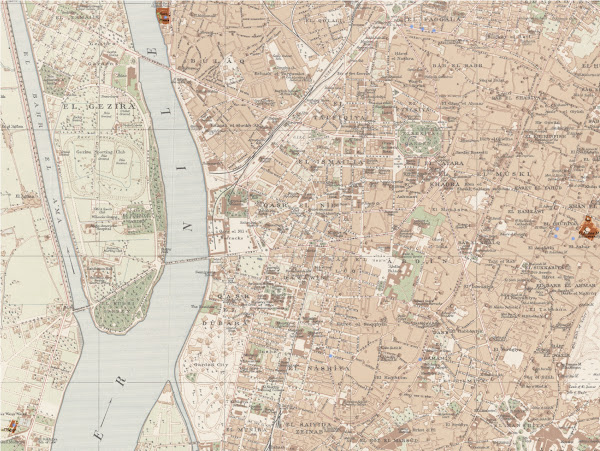 Asmāʾ Ḥilālī:
Asmāʾ Ḥilālī:
Despite the proliferation of scholarly editions of old Qurʾānic manuscriptsWhat can this mean?
over the last twenty years,
the popularity of the Cairo edition of the Qurʾān has never been challenged.
What is the connection between scholarly editions of qurʾānic fragments and
the ‒ supposed! ‒ popularity of the King Fuʾād Edition of the qurʾān,
called by her "the Cairo edition,"
which on its own shows that she is weak on logic.
Since there are more than a thousand Cairo editions of the qurʾān,
to call a particular one "THE Cairo edition" (TCE)
betrays madness ‒ unless one assumes that she ignores
the function of the definite article.
It's like:
Despite the proliferation of suburban gardensor
the popularity of the Amazonas forest has not declined.
Despite the popularity of Maradona and Rinaldo
the greatness of Maria Callas is unchallenged.
The use of TCE instead of the many good (or less good) names for
the Gizeh print,
the 1924 Amīriyya edition,
the 1924 King Fuʾād edition,
the Amīri edition = here s.o. did not see that Amīriyya is short for al-maṭbaʿa
al-amīriyya, thought that it refered to King Fuʾād ‒>
corrected it to amīrī, because the King is not a Queen
the 1924 muṣḥaf al-mesāḥa
the Government print, der amtliche ägyptische ...
the 12 liner (مصحف ١٢ سطر) of 1924
shows that Asma Hilali did not know a thing about the Egyptian Government
Edition of 1924/5 at the time of writing the "Call for proposals".
TCE is a recent coinage by non-English speakers.
The Gizeh print is the ONLY muṣḥaf ever printed in Gizeh proper.
Only the 827plus page editions ‒ without titel page, but more than twenty pages AFTER the qurʾānic text ‒ by the Amīriyya (1924-1975) have 12 lines,
but they are not all the same: the 1952 edition is quite different from the 1924 one:
(and the second and third edition have a few changes NOT included in the 1952 edition)
about 900 differences between 1924/5 and 1952!
During the conference Asma Hilali was the only one who spoke of "muṣḥaf al-Qāhira" (Omar Hamdan spoke of al-Qāhira-print, most spoke of "muṣḥaf al-malik Fuʾād") ignoring that the Amīriyya never refers to al-Qāhira, but to Miṣr, Būlāq, and Gizā.
Before 1920 all private publishers were situated south-west of al-Azhar, late comers were situated in al-Faggāla St.




